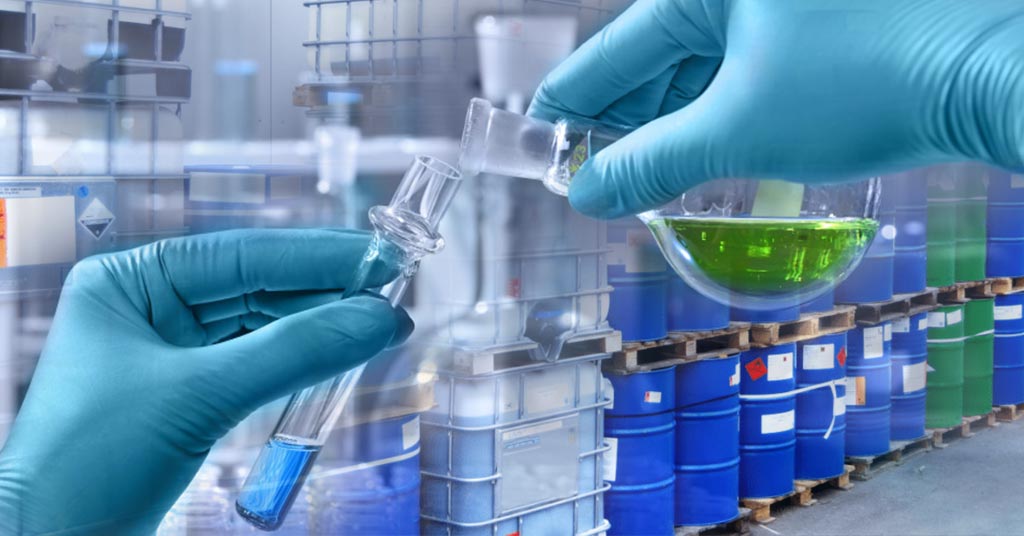Ammonia: The Secret Weapon to Unlocking a Sustainable Low-Carbon Economy?
- 07-Jul-2023 12:22 PM
- Journalist: Stella Fernandes
TOKYO, JAPAN: Ammonia, an odorless and sharp-tasting gas formed by combining Nitrogen and Hydrogen, has predominantly been utilized as a fertilizer on a global scale. It is also recognized by some as a first-aid tool that helps prevent fainting. However, its significance could increase in the coming years. Jera Co., which is Japan's largest power generation firm and became a strategic investor in Aboitiz Power in 2021, believes that Ammonia, and its parent Hydrogen, could eventually take the place of coal as a fuel as the world shifts towards a low-carbon future. In February, Jera signed an agreement to study the co-firing of Ammonia with coal at power plants operated by Aboitiz Power. This is in addition to Jera's initiatives worldwide to establish the supply chain - from sourcing to carrier development and receiving stations.
In Philippines, we consider LNG (liquefied natural gas) to be a crucial transitional fuel in the short term. The Japanese government is also striving to promote the introduction of new energy in the country as part of the transition. Japan was the first country to utilize LNG more than five decades ago as a cleaner, yet still fossil-based alternative to coal fuel. Jera currently manages some of the world's biggest LNG facilities. As you may know, compared to coal-fired power plants, LNG gas-fired power plants emit half the amount of CO2 (Carbon Dioxide). This provides a significant shift from coal to LNG as a crucial transitional fuel. While coal will continue to play a vital role, incorporating LNG in the power generation portfolio will enable the Philippines to gradually move towards decarbonization.
Jera plans to gradually replace coal with Ammonia and Hydrogen, particularly in countries where new coal-fired plants are not being built. The strategy involves introducing these fuels alongside coal, initially firing 20% of total capacity (with 80% still coal-fueled) and increasing progressively until 100% replacement is achieved.
As demand increases due to economies of scale and establishment of the value chain, expect prices to decrease. This will enable the Philippines to adopt Ammonia and Hydrogen.
To achieve "net zero" greenhouse gas emissions, Jera aims to eliminate low-efficiency coal, co-fire Ammonia and Hydrogen, and use renewable energy sources in Japan.
Although Hydrogen can directly fire power plants along with coal, it is more challenging to transport to archipelagic countries like the Philippines. Hence, the Aboitiz Power deal prioritizes Ammonia co-firing, a highly combustible gas.
According to experts, liquefied Hydrogen is the safest and most environmentally friendly option for transportation. However, the liquefaction process is costly and energy intensive. Ammonia, on the other hand, can supply and carry Hydrogen, providing energy at three times the density of Hydrogen. Moreover, Storage and Transport are more Convenient.
Jera is pursuing Hydrogen co-firing in landlocked areas like the United States, where established pipelines are available.
Japan is aggressively transitioning to renewable energy to decarbonize power, with Hydrogen and Ammonia co-firing included in its energy mix policy. Currently, 72% of Japan's energy comes from fossil fuels (50% from LNG), 18% from renewable energy, and 6% from nuclear power. The goal by 2050 is to increase the share of renewable energy to at least 50%, with Hydrogen and Ammonia accounting for at least 10%.
Jera has already begun co-firing Ammonia at its Hekinan coal-fired power station in central Japan.
Ammonia production technology is already established, and it has been successfully used for agricultural purposes, creating an existing market. However, if we plan to use Ammonia for power generation, we need to be cautious not to disrupt the current agricultural Ammonia market, which plays a vital role in society. As a result, Jera is working to establish a new supply chain for Ammonia power generation.
In Japan alone, around a million tons of Ammonia are consumed annually for agricultural purposes. Jera's plan to introduce 20% Ammonia co-firing at just one coal plant will consume approximately half a million tons, highlighting the potential impact on the market.
Japan is set to commence the Ammonia generation demonstration test this year. The technology will be introduced in all coal-fired power plants, and if the firing rate becomes 100 percent, it would result in gigantic size. By 2028, Jera's Hekinan and other power plants are scheduled for a 50-percent co-firing. Commercial operation is expected to take off after that.
Ammonia is available in three variants: gray, blue, or green, depending on the feedstock and production process. Blue Ammonia Achieves 90% Decarbonization through Innovative CO2 Capture, Utilization, and Storage Techniques. On the other hand, green Ammonia is CO2-free as it uses green Hydrogen produced by water electrolysis, powered by renewable energy. However, compared to coal, Ammonia is twice as expensive, with spot prices averaging around $300 per ton. Obtaining green or blue Ammonia would add up to the cost.
The International Energy Agency (IEA) based in Paris has stated in its 2023 flagship report that the production costs of Hydrogen from renewable electricity in China and the United States could be much lower than in Japan and Western Europe. The IEA predicts that the production cost in China and the US could range from $3 to $4 per kilogram, whereas in Japan and Western Europe, it could range from $5 to $7/kg based on using the best resources available in those countries. These differences in production costs are expected to translate into similar differences for derivative commodities, such as Ammonia.
According to the International Energy Agency (IEA), as countries move closer to achieving their climate pledges, the cost differences between regions are expected to shrink slightly due to declining renewable electricity costs and rapidly falling electrolyzer costs. However, competitiveness gaps will remain, and countries need to carefully evaluate where in the supply chain it makes sense to specialize domestically or establish strategic partnerships or direct investments in third countries. These considerations should be a key part of countries' industrial strategies. The IEA emphasizes that new infrastructure will be the backbone of the new energy economy in all countries, including transportation, transmission, distribution, or storage of electricity, Hydrogen, and CO2. Building clean energy infrastructure is a time-consuming process that usually takes ten years or more, typically involving large civil engineering projects that must adhere to extensive local planning and environmental regulations.
According to the International Energy Agency (IEA), construction is generally an efficient process, taking only two to four years on average. However, delays often occur during planning and permitting, causing bottlenecks that can extend the process for two to seven years, depending on the jurisdiction and infrastructure type. Compared to power plants and industrial facilities, the lead time for infrastructure projects is significantly longer.
The Philippines is showing a high level of interest in new energy technology, with Energy Secretary Raphael Lotilla stating that the government is actively considering incorporating Ammonia and Hydrogen into the energy mix.
Currently, coal fuels nearly 60 percent of the Philippines' electricity supply. However, if the country were to retrofit its existing coal-fired power plants to burn Ammonia and establish a reliable global supply chain, this could accelerate its progress toward achieving a net zero future.
To expand the global trade of Ammonia, Jera acknowledges the need to develop a new supply chain that goes beyond traditional uses in agriculture and power generation. This includes exploring opportunities for Ammonia to be used as fuel for fuel cells, shipping, and automobiles. While the exact timeline and extent of price reductions remain uncertain, a clear trend towards cost reduction is expected.



